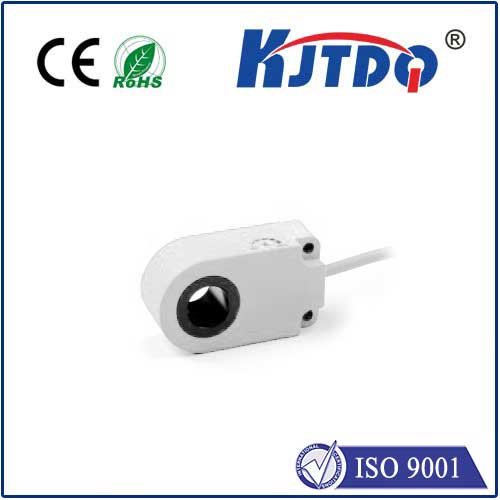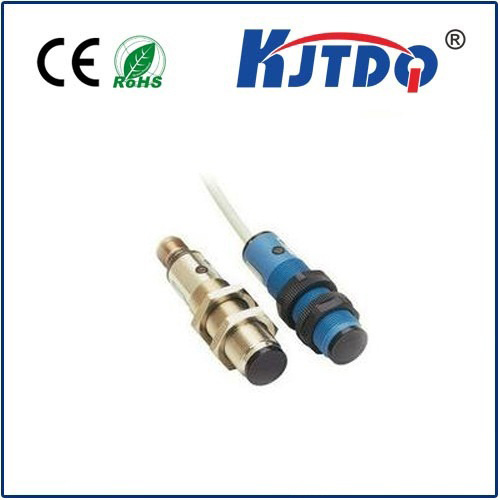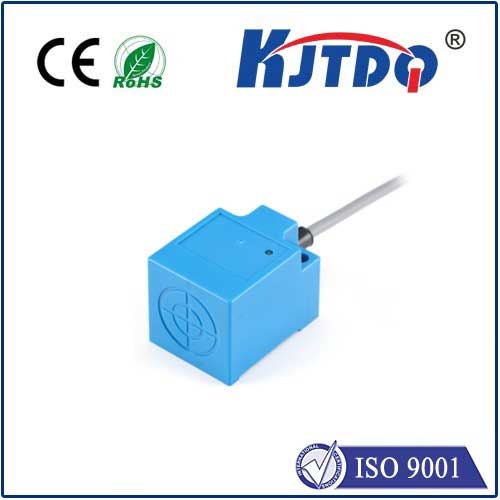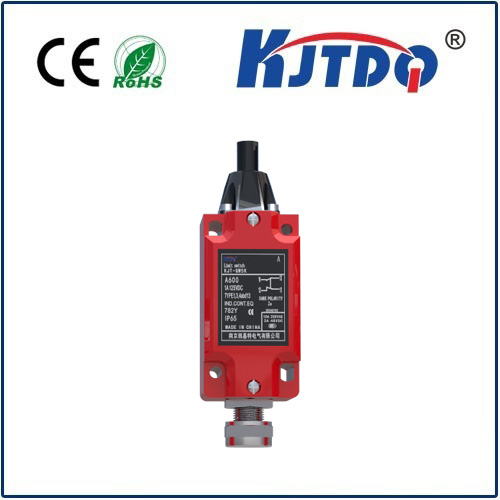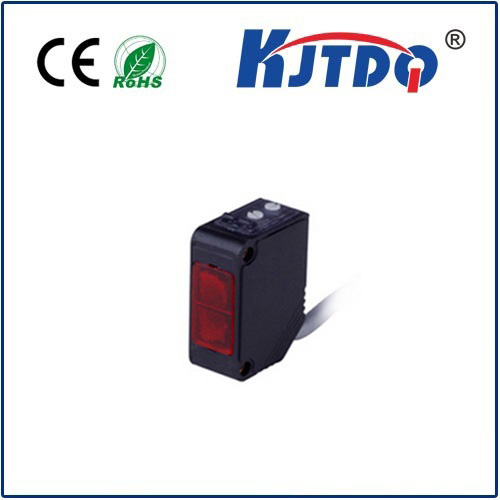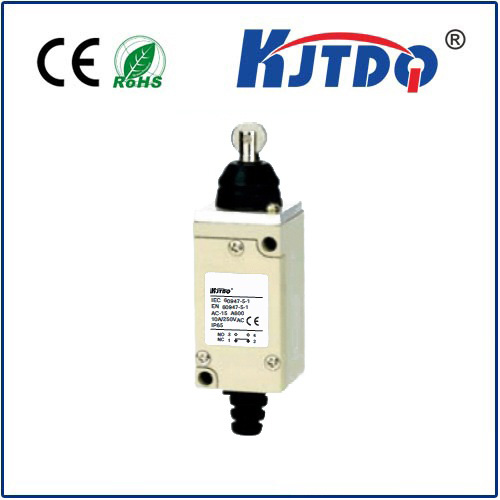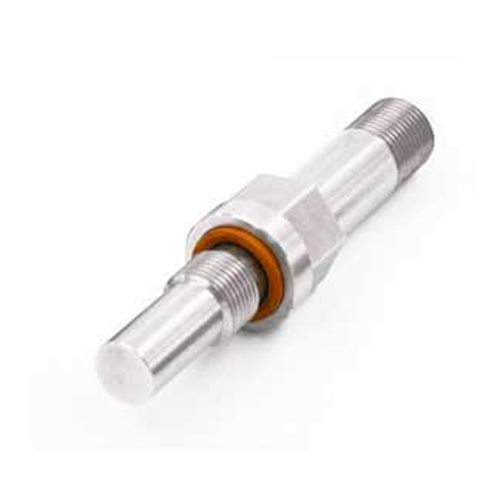switch photoelectric
- time:2025-07-26 02:07:36
- Click:0
Switch Photoelectric Sensors: The Invisible Guardians of Modern Automation
Think about the last time a supermarket door slid open automatically as you approached, or a production line flawlessly assembled a complex gadget. Chances are, a silent sentinel was at work – a photoelectric switch. This foundational technology, often simply termed a “switch photoelectric” in search queries, is far more than just a component; it’s a critical enabler of precision, efficiency, and safety across countless industries. These devices harness the fundamental properties of light to detect objects, measure distances, and trigger vital actions without physical contact, making them indispensable in our automated world.
Understanding the Core Principle: Light as the Trigger
At its heart, a photoelectric sensor operates on a beautifully simple, yet profoundly effective, principle. It consists of an emitter (a light source, typically an infrared LED or laser diode) and a receiver (a phototransistor or photodiode). The emitter projects a beam of light towards the target area. The receiver constantly monitors this beam.
The “switch” function activates based on the interaction (or lack thereof) of an object with this light beam. There are three primary sensing modes defining how this works:

- Through-Beam (Opposed Mode): Arguably the most reliable, this setup places the emitter and receiver directly opposite each other. The emitter projects a beam continuously to the receiver. When an object passes between them, it interrupts the light beam. The receiver detects this absence of light, causing the sensor’s output circuit to switch state (e.g., from OFF to ON, or vice versa). This mode excels at long ranges and detecting opaque objects of almost any size or color.
- Retroreflective Mode: Here, both emitter and receiver are housed in the same unit. The emitted light beam travels towards a specialized reflector (like a bicycle reflector) positioned opposite the sensor. The reflector bounces the beam directly back to the receiver. When an object passes between the sensor and the reflector, it blocks the reflected beam. The sensor detects this loss and switches its output state. This mode offers easier alignment than through-beam but requires the reflector and is sensitive to shiny objects that might also reflect light back.
- Diffuse (Proximity) Mode: This compact solution integrates both emitter and receiver into a single housing, facing the same direction. The emitter sends out light, which reflects diffusely off the target object itself. The receiver detects this scattered light. When sufficient reflected light is detected (indicating an object is within the specified range), the sensor switches its output state. Performance depends heavily on the target object’s size, reflectivity, color, and surface texture.
Why Choose Photoelectric Switching? The Compelling Advantages
The widespread adoption of photoelectric sensors stems from several key benefits:
- Non-Contact Sensing: This is the cornerstone advantage. The sensor never physically touches the target object. This eliminates mechanical wear and tear, significantly extending operational life compared to mechanical limit switches. It also prevents damage to delicate objects.
- High Speed and Reliability: Light travels fast! Photoelectric sensors can detect objects and trigger responses at very high speeds, far exceeding the capabilities of mechanical switches. This makes them ideal for high-speed production lines and packaging machinery where milliseconds count.
- Long Sensing Ranges: Depending on the type and power, photoelectric sensors can detect objects from millimeters up to several tens of meters away (especially through-beam variants), offering versatility unmatched by many other sensing technologies.
- Versatility in Detection: While ideal for opaque objects, sophisticated models can detect transparent or translucent materials (like glass, plastic films, or liquids) by utilizing specialized light sources and advanced signal processing. They can also distinguish colors (color sensors) and contrasts.
- Resilience in Harsh Environments: Modern photoelectric switches are built tough. They often feature robust housings (e.g., stainless steel or rugged polymers) and high IP ratings (Ingress Protection) meaning they are resistant to dust, moisture, oils, and cleaning chemicals, allowing deployment in demanding factory floors and washdown areas.
- Flexible Outputs: Photoelectric sensors provide various electronic outputs – NPN/PNP transistors, relay contacts, analog signals – enabling seamless integration with Programmable Logic Controllers (PLCs), machinery control systems, and other automation components.
Where the “Switch Photoelectric” Makes a Real Difference: Applications Galore
The applications for photoelectric sensors are virtually limitless within automation and beyond:
- Manufacturing & Packaging: Counting bottles/cans on a conveyor, detecting filled vs. empty packaging, verifying label presence, positioning parts on assembly robots, detecting jammed products, ensuring box flaps are closed.
- Material Handling: Detecting the presence or absence of pallets, boxes, or totes on conveyors; triggering sorting gates; confirming bin levels; sensing roll diameter on winders/unwinders; safeguarding automated guided vehicles (AGVs) by obstacle detection.
- Automotive: Verifying component presence during assembly (engines, doors, etc.), detecting vehicle position on assembly lines, ensuring proper installation of windshields and windows.
- Food & Beverage & Pharma: Ensuring lids are properly sealed, detecting fill levels in containers, verifying label placement on vials and bottles, monitoring packaging integrity, critical for hygiene in washdown environments.
- Building Automation: Automatic door openers, people counting, detecting occupancy for lighting/ventilation control, security systems (intrusion detection on perimeters).
- Printing & Paper: Detecting paper breaks, verifying sheet counts, aligning paper webs, monitoring roll diameters.
Selecting the Right Photoelectric Sensor: Key Considerations
Choosing the optimal photoelectric switch requires careful analysis:
- Sensing Mode: What’s the physical setup? (Space constraints, object path, mounting options). What object properties need detection? (Opaque, transparent, small, large?).
- Required Sensing Range: How far away is the object when detection is needed?
- Object Characteristics: Size, shape, material (opaque, transparent, glossy, matte), color? Highly reflective targets can confuse retroreflective or diffuse sensors.
- Operating Environment: Exposure to dust, moisture, washdown chemicals, oils, temperature extremes, vibration? Dictates the necessary IP rating and housing material.
- Output Type: What input does your control system require? (NPN sinking, PNP sourcing, relay, analog?).
- Power Supply: Available voltage? (Commonly 10-30V DC, sometimes AC/DC).
- Features: Need adjustable sensitivity? Background suppression for diffuse mode? Time delays? IO-Link communication for diagnostics and parameterization? Laser vs. LED emitter (laser offers precision and longer range, LED is generally more cost-effective and robust).
The Indispensable Enabler
Often unseen, frequently unheralded, the humble photoelectric sensor switch is a workhorse of modern industrial automation and everyday conveniences. Its ability to provide reliable, non-contact detection across vast distances and challenging conditions makes it a cornerstone technology. From ensuring a car door is perfectly aligned on the assembly line to triggering the lights as you enter a room, these devices silently and efficiently convert the presence or absence of light into critical control signals. Understanding their operation, types, advantages, and selection criteria is vital for engineers, technicians, and anyone involved in designing, maintaining, or optimizing automated systems where precision object detection is paramount. They truly are the invisible guardians making automated precision possible.













